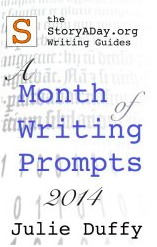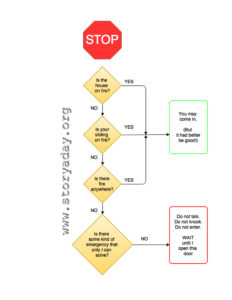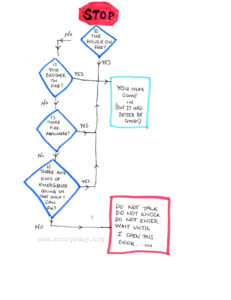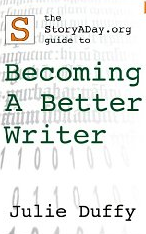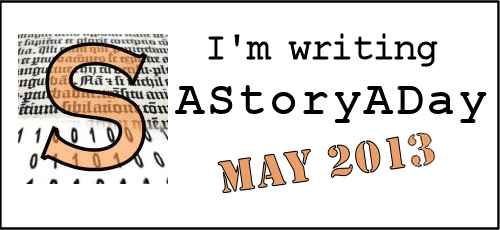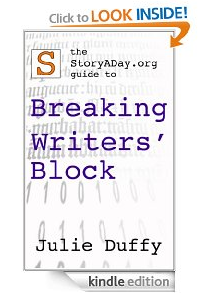I’m hearing a lot of outrage and panic about the new Amazon Kindle royalties announcement. I’m also hearing a lot of misinformation.
Before you grab your pitchfork, your flaming torches, your tar and your feathers, here’s what you need to know:
The Basics
THIS DOES NOT APPLY TO ALL KINDLE BOOKS
This agreement applies to books that are (voluntarily by the author) enrolled in Kindle Select — a program that is not required in order to put your ebooks on Amazon, but is an optional agreement that renews every 90 days until you tell it not to, to offer your ebooks ONLY on Amazon in exchange for some benefits. Those benefits include higher royalties in some markets, the ability to use Amazon’s custom-build promotional programs (like Countdown deals and advertising), and enrollment in the Kindle Lending Library and the Kindle Unlimited program.
In Short: if you chose to enroll you Kindle ebook Kindle Select, you offer Amazon the exclusive right to sell it, for 90 days. They make it available to people who subscribe to Kindle Unlimited and people who like to borrow (not buy) Kindle ebooks. [Back To Top]
WHAT IS CHANGING?
If your Kindle Direct Publishing titles are enrolled in the Kindle Select program, the way you are compensated will change ONLY for Kindle Online Lending Library borrows and Kindle Select purchase.
Instead of everyone being given the same amount for every title borrowed, authors will be compensated for the number of pages they wrote and their readers read, as a percentage of all pages read across the program.
That is, if people borrow and read 1,000,000 pages’ worth of content and 1,000 of those page are yours, you’ll get 1,000th of the Global Fund’s money. (Previously, everyone who enticed borrowers to read at least 10% of their borrowed title, got a flat fee, whether their book was five pages long or 500. If they didn’t hit that 10% mark, you got nothing.)
In short: You will receive more money if readers actually read your books, less if they don’t.
If your books are in the Kindle Online Lending Library or Kindle Unlimited programs you have already opted to make your e-books available exclusive at Amazon. This is not changing. [Back To Top]
WHY HAS AMAZON MADE THIS CHANGE?
According to their announcement it is in response to author feedback.
Authors who work hard on their books and produce useful/entertaining titles are (reading between the lines) miffed that they get compensated the same as authors who slap up any old rubbish, promote it well and get a bunch of people to download it, even if it is never actually read. Amazon has decided to incentivize authors to write good/useful books by rewarding them per page read.
[Presumably this will also help readers because lazy authors are not going to bother putting out books that don’t make money — totally editorializing here- JD] [Back To Top]
AUTHOR FAQs
WHAT’S ALL THIS ABOUT AMAZON DEMANDING EXCLUSIVE RIGHTS TO MY WORK?
They’re not.
You can use the Kindle Direct Publishing system (KDP) without giving up any rights. You grant them non-exclusive rights to distribute your title. You can publish it elsewhere too.
If you want the benefits offered by Kindle Select, then you may grant them exclusive rights (for 90 days) to sell your ebook.
This is not changing. [Back To Top]
WHAT IS KINDLE SELECT AND WHAT ARE THESE SO-CALLED BENEFITS?
Kindle Select is an optional program. You decide to give Amazon the exclusive right to sell your ebook for 90 days. In return they put your book into the Kindle Unlimited (KU) and Kindle Online Lending Library (KOLL) programs. In some markets you get access to a bigger cut of the profits on your sales (70% instead of 30%). You also get access to various promotional tools Amazon has built for their customers (Countdown deals, free promotions, best-seller lists etc.)
At the end of each 90 day period your agreement auto-renews unless you tell Amazon otherwise (mark it on your calendar if you plan on un-enrolling. I did!)
See the terms of service here.
This is not changing. [Back To Top]
WHAT IS THE KINDLE ONLINE LENDING LIBRARY (KOLL)?
Amazon has created a fund of money (currently $10m annually) that compensates authors every time their book is borrowed by an Amazon Prime customer.
[N.B. In 28 counties (NOT including the USA, where Amazon is based) Public Lending Rights compensate authors when their books are bought or borrowed from public libraries. Amazon brought this model to their online lending library, even though it was a new idea in the US. I applaud them for that. – JD]
You can opt out of enrolling your book in KOLL.
This is not changing, although the way you are compensated is. [Back To Top]
WHAT IS KINDLE UNLIMITED?
Kindle Unlimited is the newest of these programs. Think of it as Netflix for books. Subscribers pay a monthly fee and can download as many books from the Kindle Unlimited library as they want. Authors are compensated from the Global Fund.
This is not changing, although the way you are compensated is.
ARE MY BOOKS AFFECTED?
Did you sign up for Kindle Unlimited when you went through the Kindle Direct Publishing program?
No?
Then no, your books are not eligible for the Kindle Online Lending Library or Kindle Unlimited, so you are not affected.
If yes, your books are affected.
- You have three choices:
Remain in Kindle Select and allow your books to auto-renew at the end of your 90-Day term (found in your Dashboard)
Remain in Kindle Select for now and opt out at the end of your 90-Day term.
Contact Amazon before July 1, 2015 to be removed from he program before the changes take effect. [Back To Top]
WHEN DOES THIS TAKES EFFECT
July 1, 2015
I HATE IT! LET ME OUT!
If you want to take your books out of the Kindle Select program before July 1, 2015 because you don’t want to be part of this new royalty structure (or for any other reason), you send the ASIN of your book (the unique ID in the Amazon store, found in the book info page) to https://kdp.amazon.com/contact-us and tell them to remove it.
In other words, you can get out of your current 90-Day exclusivity agreement now, if you want to. (I assume this is a one-time offer, because the terms may be changing mid-way through your current agreement — JD) [Back To Top]
WAIT, THIS KIND OF SOUNDS LIKE A WIN-WIN FOR SERIOUS AUTHORS AND SERIOUS READERS
Well, I think so. I laughed when I read the announcement. [Back To Top]
WHAT THE AGREEMENT SAYS
FROM THE AMAZON EMAIL AND WEBSITE ANNOUNCEMENT
Beginning July 1, 2015, we’ll switch from paying Kindle Unlimited (KU) and Kindle Owners’ Lending Library (KOLL) royalties based on qualified borrows, to paying based on the number of pages read. We’re making this switch in response to great feedback we received from authors who asked us to better align payout with the length of books and how much customers read. Under the new payment method, you’ll be paid for each page individual customers read of your book, the first time they read it.
Royalty payments under the new program will be different
As with our current approach, we’ll continue to set a KDP Select Global Fund each month. Under the new payment method, the amount an author earns will be determined by their share of total pages read instead of their share of total qualified borrows.
Here are some examples of how it would work if the fund was $10M and 100,000,000 total pages were read in the month:
The author of a 100 page book that was borrowed and read completely 100 times would earn $1,000 ($10 million multiplied by 10,000 pages for this author divided by 100,000,000 total pages).
The author of a 200 page book that was borrowed and read completely 100 times would earn $2,000 ($10 million multiplied by 20,000 pages for this author divided by 100,000,000 total pages).
The author of a 200 page book that was borrowed 100 times but only read halfway through on average would earn $1,000 ($10 million multiplied by 10,000 pages for this author divided by 100,000,000 total pages).
We will similarly change the way we pay KDP Select All-Star bonuses which will be awarded to authors and titles based on total KU and KOLL pages read.
You can enroll in KDP Select at any time by visiting your Bookshelf. If you no longer want your book(s) to be included in KDP Select you may unenroll from the program by contacting us with the ASIN of the book you would like to remove.
Kindle Edition Normalized Page Count (KENPC v1.0)
To determine a book’s page count in a way that works across genres and devices, we’ve developed the Kindle Edition Normalized Page Count (KENPC). We calculate KENPC based on standard settings (e.g. font, line height, line spacing, etc.), and we’ll use KENPC to measure the number of pages customers read in your book, starting with the Start Reading Location (SRL) to the end of your book. Amazon typically sets SRL at chapter 1 so readers can start reading the core content of your book as soon as they open it.
This standardized approach allows us to identify pages in a way that works across genres and devices. Non-text elements within books including images, charts and graphs will count toward a book’s KENPC.
When we make this change on July 1, 2015, you’ll be able to see your book’s KENPC listed on the “Promote and Advertise” page in your Bookshelf, and we’ll report on total pages read on your Sales Dashboard report. Because it’s based on default settings, KENPC may vary from page counts listed on your Amazon detail page, which are derived from other sources.
Reporting
After this change, you’ll be able to view your Kindle Unlimited (KU) and Kindle Owners’ Lending Library (KOLL) Pages Read in your Sales Dashboard report by marketplace and title.
We’ll continue to update this Help page with more information on your KDP reports, KU/KOLL royalties, and KDP Select Global Fund payouts as the changes roll out.
[Back To Top]
*WHY I’M QUALIFIED TO TALK ABOUT THIS
I’m not a lawyer and I’m not privy to any inside information…anymore.
BUT I was the first Director Of Author Services at the first company to offer print on-demand publishing AND ebook distribution directly to authors. My bosses tried to get two of the leading booksellers of the time to invest in our company (hint: one was named after a big river). This was wa-ay back in the late 90s, early 2000s — before Nook or Kindle or Createspace and certainly before we were big enough that any of the traditional publishers had to take us seriously or start dreaming up agency pricing.
Throughout that negotiation process I got a pretty good impression of the management styles of the two booksellers we were dealing with. One seemed all about the bottom line (which meant keeping traditional publishers happy) and the other seemed to genuinely want to make the world a better place for readers — to the extend that they did not invest in our company, in part I suspect, because we didn’t have that piece figured out yet.
I’ve thought a lot about indie-publishing in the digital world, read (and edited) and lot of publishing agreements, explained the new world of publishing to literally thousands of authors (from NYT bestsellers to newbie & wannabe authors). I’ve used these programs myself.
I currently use Amazon’s Kindle Direct Publishing — some of my books are currently enrolled in the Select program, some are not. I have also used Booklocker, Xlibris, Lulu and Smashwords. I’ve also sold e-publications directly from my website using e-Junkie to manage the shopping cart and potential affiliate relationships. I’m currently trying to interest traditional publishers in both fiction and non-fiction projects that I believe could benefit from the relationships and power of the traditional industry.
I’m a fan of Amazon but I’m an informed fan. I read this agreement carefully from the perspective of an author, a reader and someone who understands the new-indie models inside and out and has had access to some of the brightest minds in this space over the years. [Back To Top]
For an interesting, well-thought-out counter-argument read this article by erotica author Selena Kitt. (Erotica is a big seller on Kindle).
And here’s a look at the program and what people have been saying about it (this one comes out slightly in favor of it, I’d say).
So, what do you think? Have I missed anything? Do you think I’m misinterpreting things? Are you still worried? Comment below!

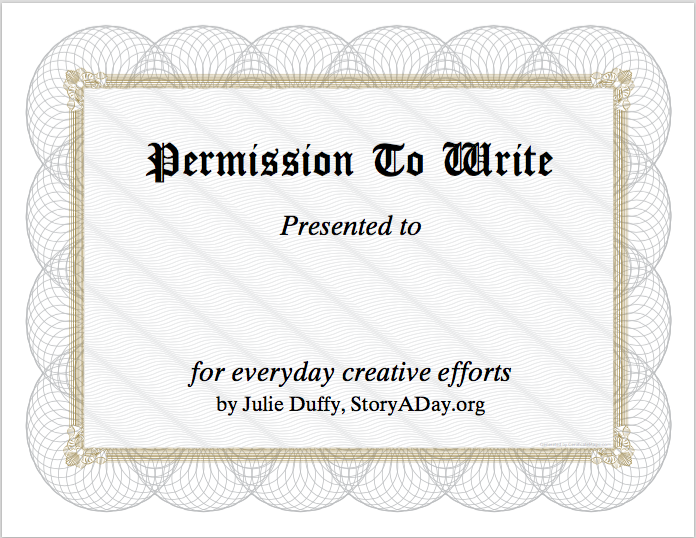
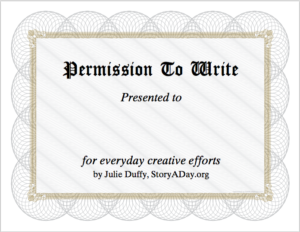



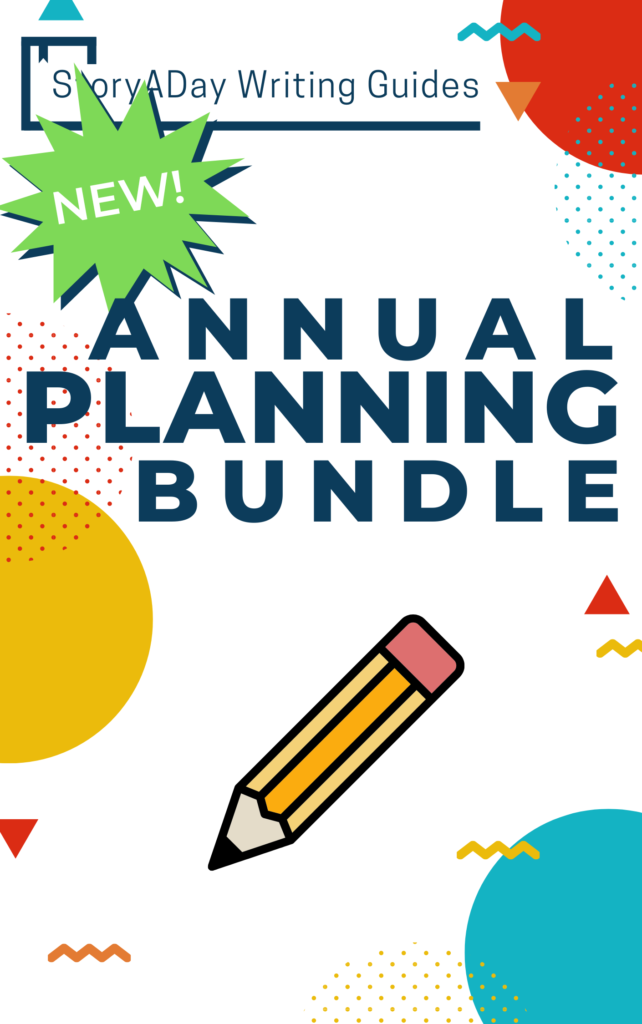











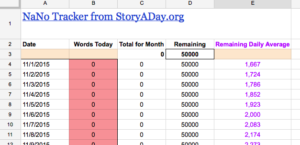
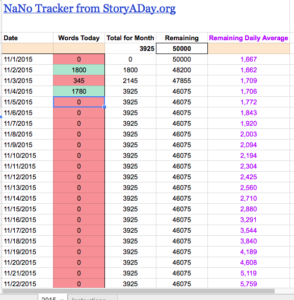
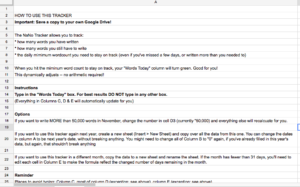
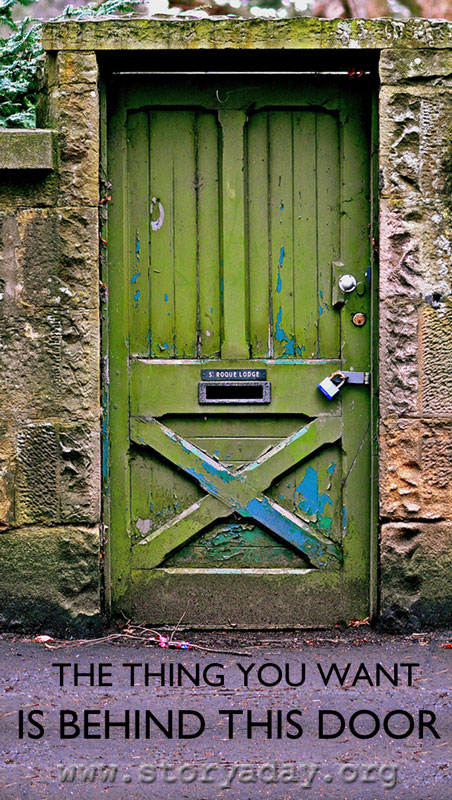
 Gabriela Pereira is the Chief Instigator at DIYMFA.com, the home of the do-it-yourself MFA in creative writing. In her new
Gabriela Pereira is the Chief Instigator at DIYMFA.com, the home of the do-it-yourself MFA in creative writing. In her new 
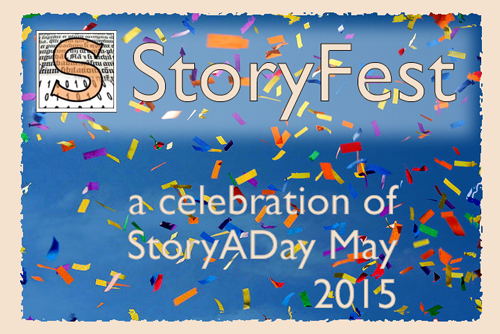
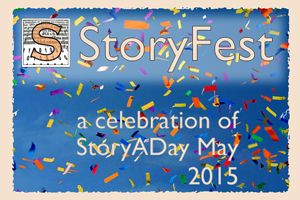
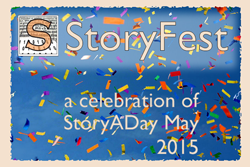
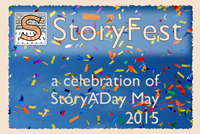



 Are you familiar with the
Are you familiar with the 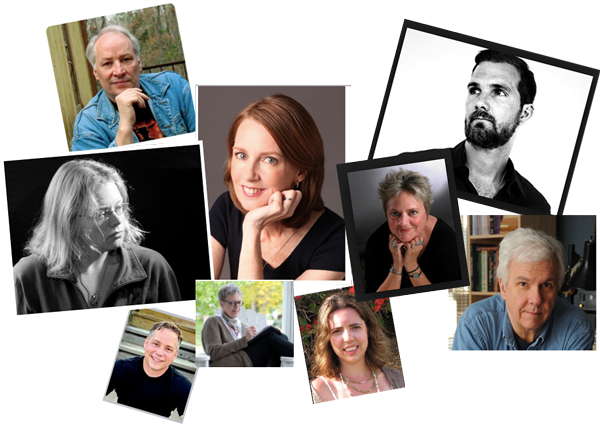
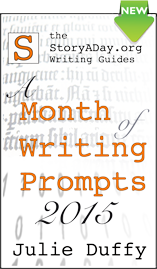
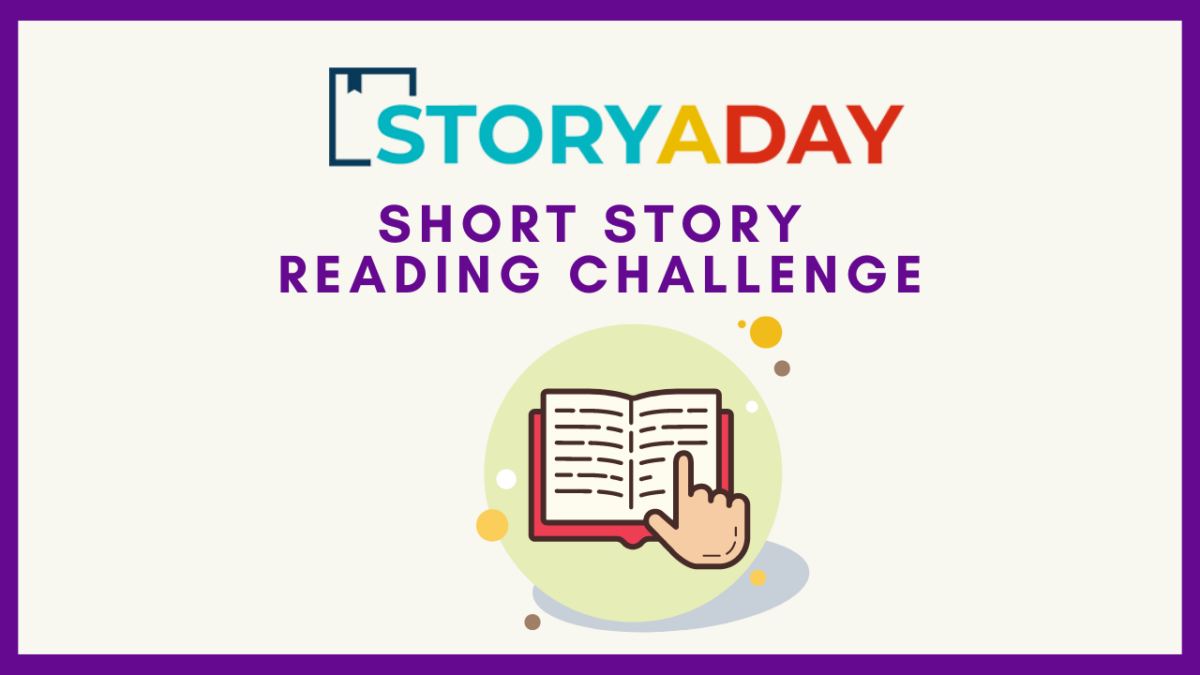
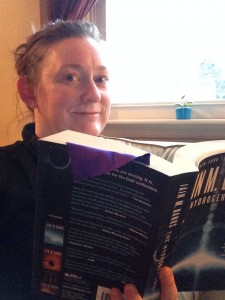
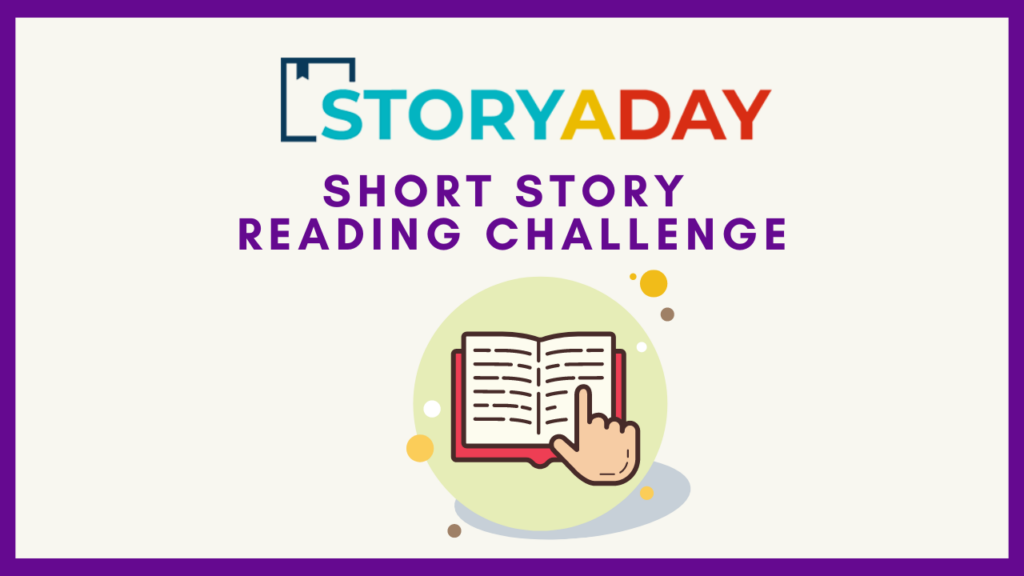
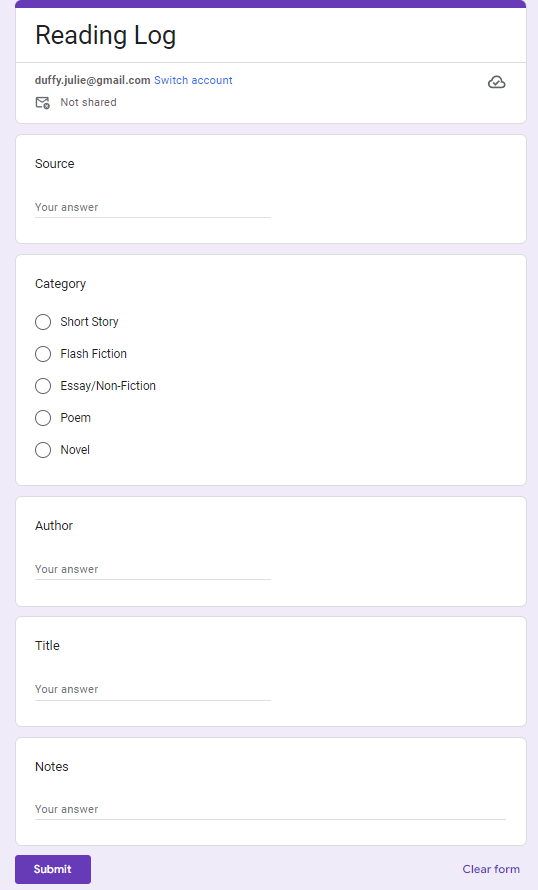
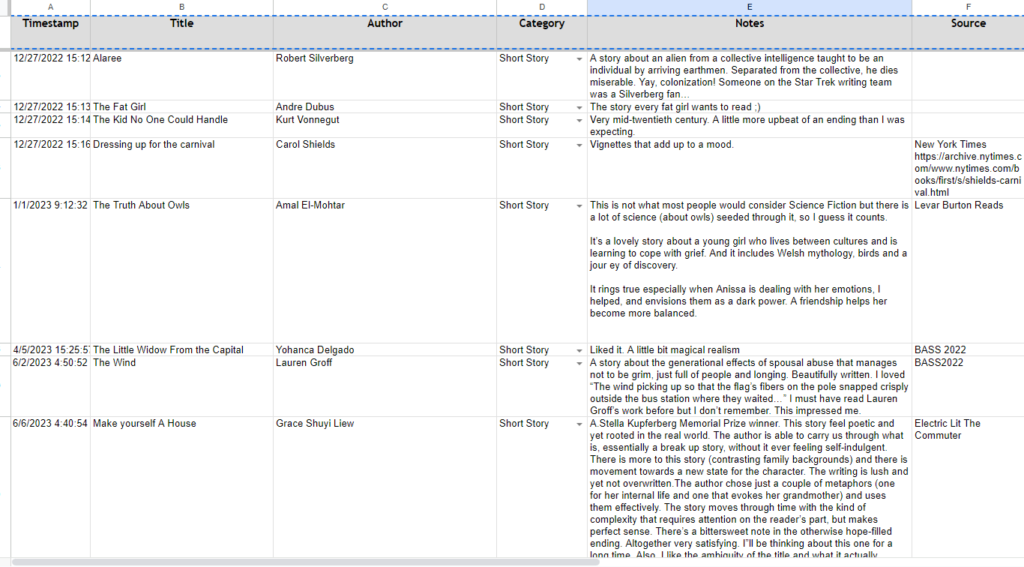
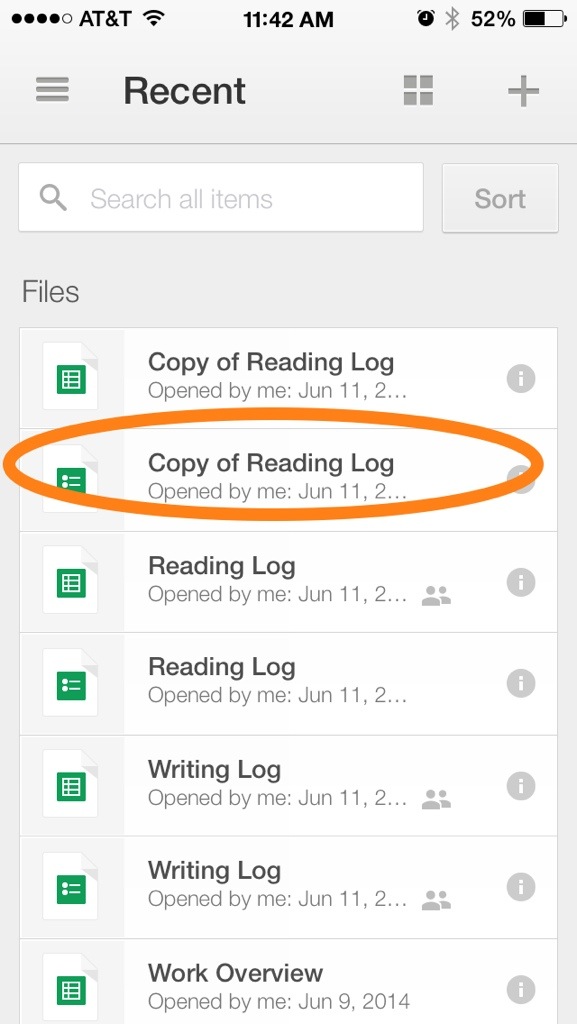
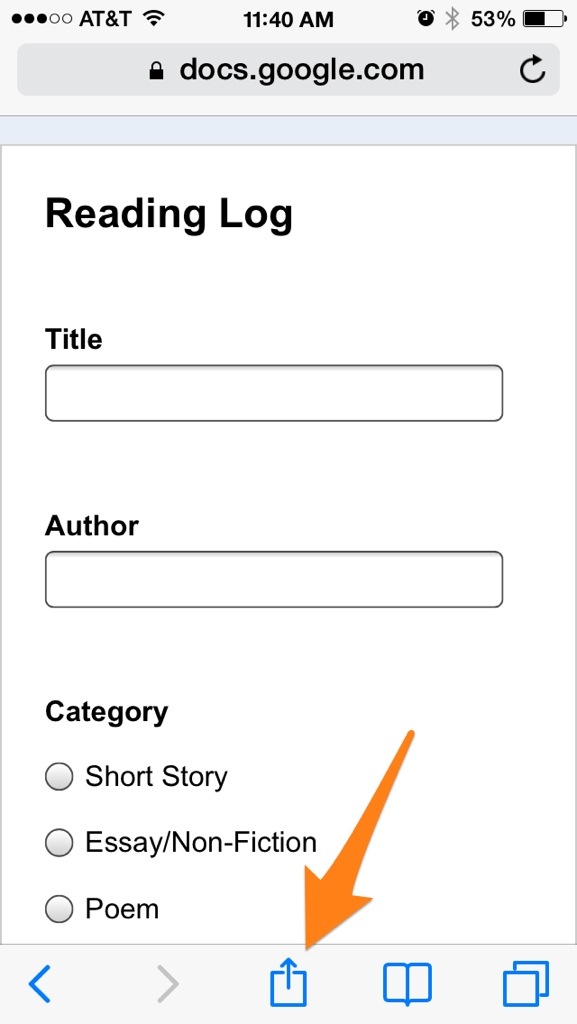
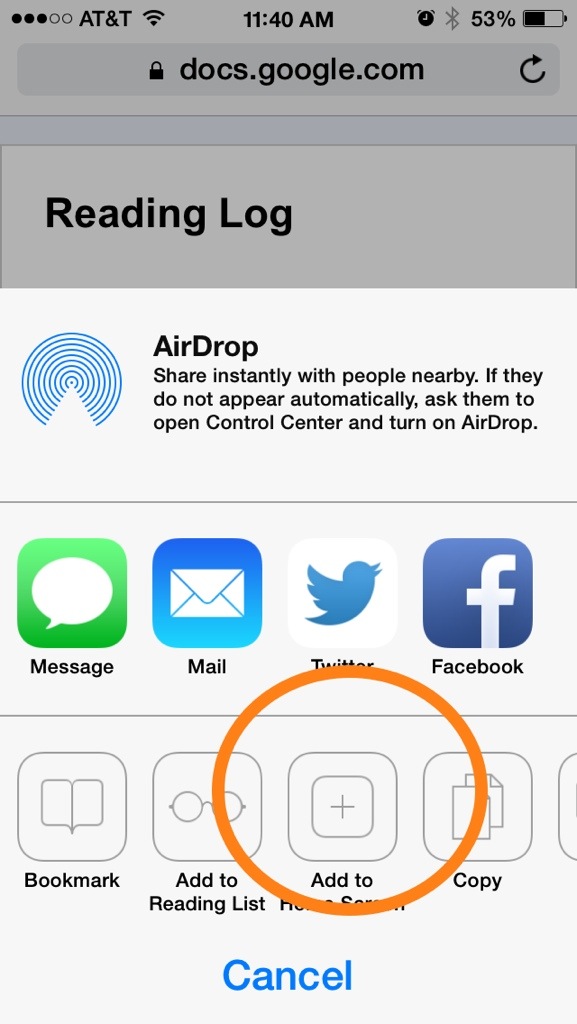
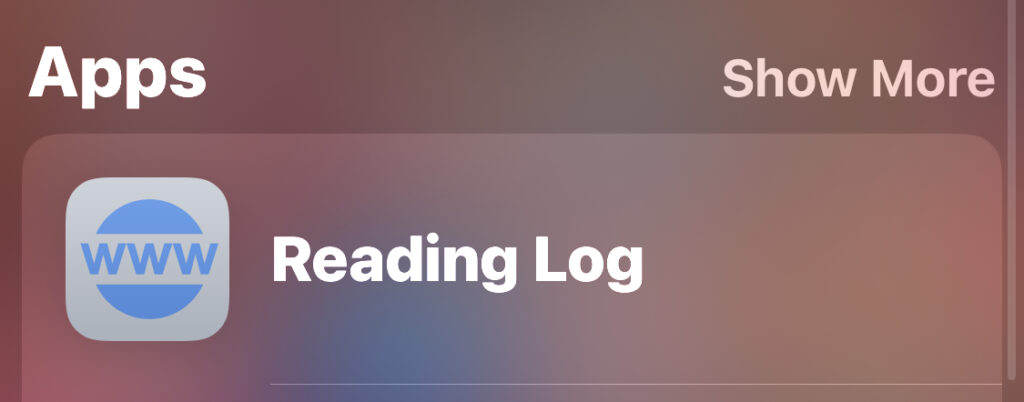
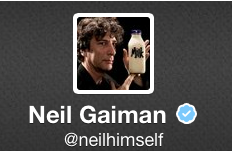
 Celebrity Guest Prompters
Celebrity Guest Prompters



